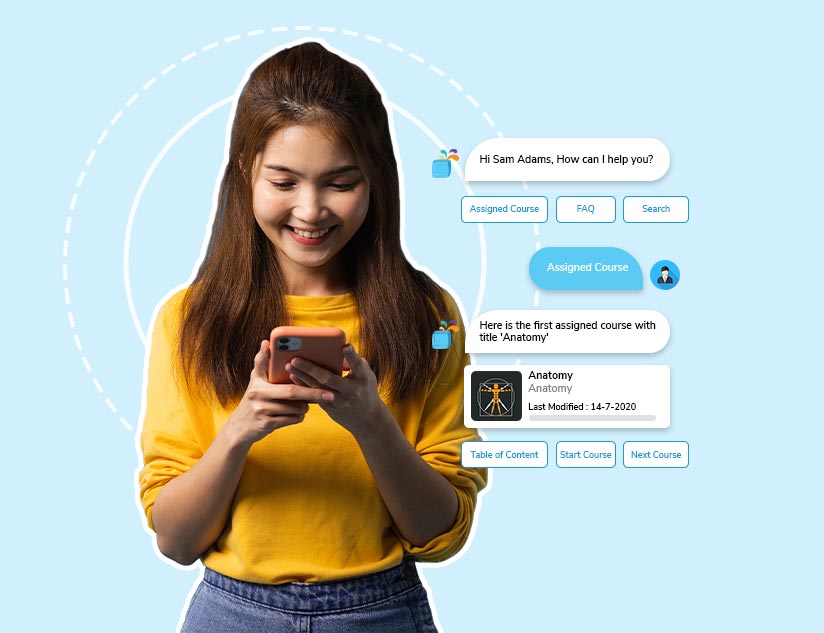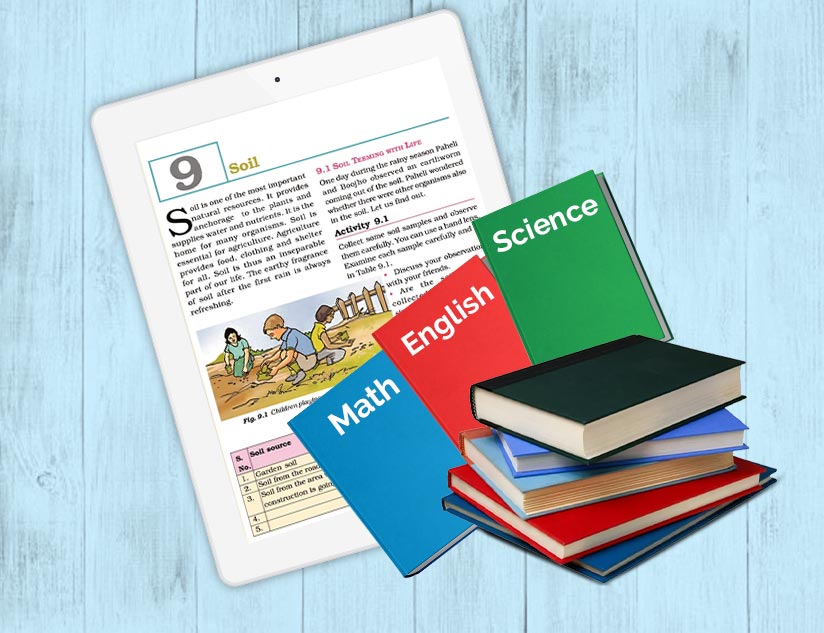Many teachers will tell you that they always have at least one student who claims, “I can’t improve because I don’t even know how to.” Imagine a 10-year-old staring at their LMS dashboard with multiple colored bars. Green, blue, yellow, red, each color indicating something different. The only thing they know is that green means they performed well and red means they failed. But what do the yellow and blue bars mean? More importantly, how does it impact students’ learning experiences – does it tell them how to go from blues or yellows to greens, or even better from red to green?
Progress bars are an interesting gaming element, incorporated in many online learning platforms. While they might be great at keeping track of individual performances, they provide incomplete information and add no value to improve learning outcomes. This is because there is no way for learners or their parents to gauge how to improve. This superficial information is essentially an incomplete picture of learners’ progress. Suppose a student dislikes a subject or finds it particularly difficult. Repeatedly staying in the red zone is a constant reminder of their failure! It creates a negative attitude towards the subject, rather than motivating improvement.
Incompleteness and non-personalization have long been the pitfalls of traditional education. Online education platforms leverage cutting-edge technologies to deliver value through performance parameters right on the student dashboard. Here’s how advanced dashboards can elevate learning experiences and academic achievement at the K-12 and higher education levels.
The Science of Learning Motivation
Knowledge of sub-par performance and no inputs on how to improve can be counterproductive. Instead of enabling healthy competition and encouraging exploration, it may demotivate learners. Student dashboards must, therefore, incorporate progress displays that help students to:
Foster Intrinsic Motivation
Intrinsic motivation fosters learning experiences that are enjoyable and personally fulfilling. An innate desire to demonstrate competence and self-determination, driven by the pleasure and satisfaction of learning, plays a significant role in academic pursuits. It is more motivating than attaining a degree or securing a job. Further, research shows that intrinsic motivation and subjective well-being are deeply coupled in learning environments and driven by the satisfaction of competence and autonomy in education.
Build a Growth Mindset and Drive Student Success
A growth mindset is the belief that abilities are not static and can be developed. Students with a growth mindset demonstrate higher motivation and resilience in learning. They are more willing to take up increasingly difficult tasks, which improves learning outcomes. Additionally, a growth mindset supports building problem-solving skills. It drives student engagement, leading to higher involvement in the learning process and the adoption of diverse tactics to enhance academic achievement.
Move Beyond Grades
Grades quantify learning achievement against a standardized benchmark that categorizes students as fast/slow, high/low-achieving, etc. In a dynamic world, knowledge assimilation is as important as skill acquisition. Therefore, student dashboards on online education platforms must focus on learning gains over grades. The exams of real life are far more complex and unpredictable than in an educational setting. To prepare students for life beyond school, educators must promote a culture of autonomously sharpening one’s skills and applying knowledge gained instead of worrying about marks.
Shifting the Paradigm: Reimagining Student Dashboards
To catalyze the shift from scoring high to acquiring more knowledge and skills requires us to reimagine the information learners are provided with. This begins with transforming student dashboards into interactive and engaging touchpoints.
- Instead of the traditional display of completion percentages, dashboards can offer insights into students’ strengths and weaknesses. Hot links to resources can help students gain better insight into areas of improvement, which in turn drives higher student engagement.
- Leveraging interactive learning experiences, such as additional information when the mouse is hovered over a progress bar, can inform learners of their areas of focus for the next module. This can drive curiosity and foster a progress-oriented mindset.
- Enabling access to students’ data in consumable visual formats is a great way to foster self-reflection and inculcate intrinsic motivation. Targeted feedback can encourage learners to take ownership of their learning journey and encourage them to improve academic achievement for the joy of it.
Personalized Learning Experiences
The most significant benefit of enhanced dashboards is personalized learning. Having insights into their areas of strength and weakness, students can take ownership of their learning journeys and progress. AI-powered intelligent LMS can enable teachers to offer differentiated instruction while curating unique learning paths for learners. Tailored learning paths can be instrumental in normalizing the experience of mistakes and improvement, which a focus solely on grades cannot.
Student-centric learning makes learners feel seen and heard. This can motivate learners to ask questions and seek feedback to improve their learning achievement. These dashboards can offer recommendations to expand students’ learning beyond their current strengths, without the fear of being judged by peers, parents, or educators. This changes the notion of learning from being “easy and gratifying” to “challenging yet enjoyable.” Taking it a step further, interactive dashboards can allow students to communicate their needs and abilities to elevate academic achievement. This fosters a growth mindset.
The Publisher’s Role in Interactive Learning Experiences
Teachers’ intrinsic motivation for teaching and pedagogy that encourages autonomy are directly correlated to learners’ intrinsic motivation. Publishers play a pivotal role in delivering exceptional learning experiences to encourage a “gains over grades” attitude. They can collaborate with educators and create flexible content that aligns with interactive learning paradigms. Educators can give inputs to design learning content that offers immediate feedback and improvement recommendations. Such insights can be leveraged by technology experts to create interactive dashboard elements to keep learners engaged.
A collaborative effort to offer compelling learning content and engaging activities, leveraging visualizations to facilitate self-reflection and foster a growth mindset, can transform dashboards into drivers of continued learning.
It Takes a Village
Well-designed curricula, targeted instruction, and learning environments that nurture all kinds of learners equitably are key to unleashing the potential of every student. Innovative and interactive dashboards that drive higher student engagement and create opportunities for learners to seek feedback and act on it can be game-changers in digital education. Educators, publishers, and decision-makers must collaboratively foster learning experiences that encourage self-reliance and intrinsically motivate learners to focus on gains over grades. Schedule a live demo with MagicBox to transform your online learning platform into a driver of student success rather than just a current-state analyzer.
















